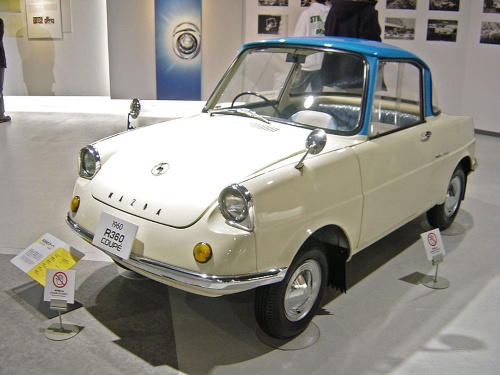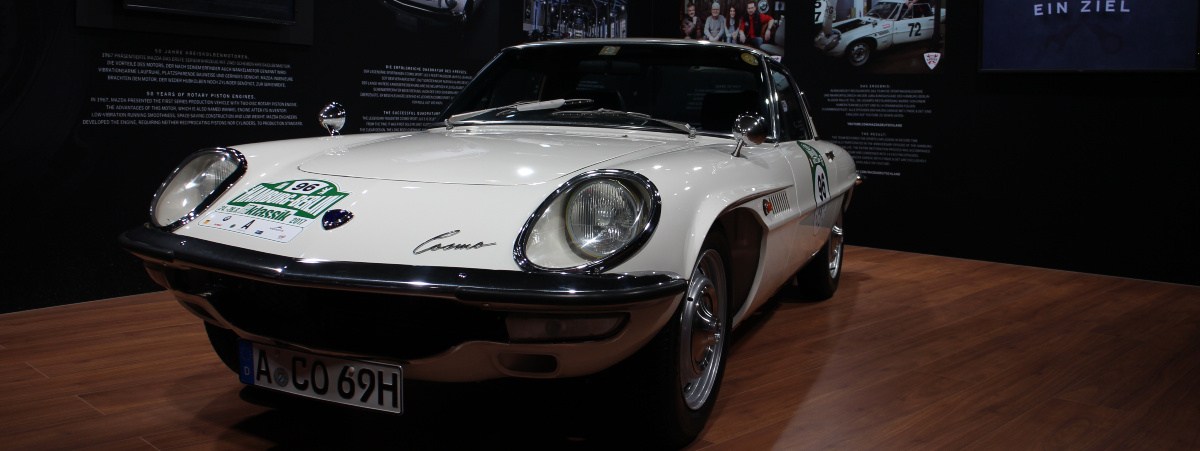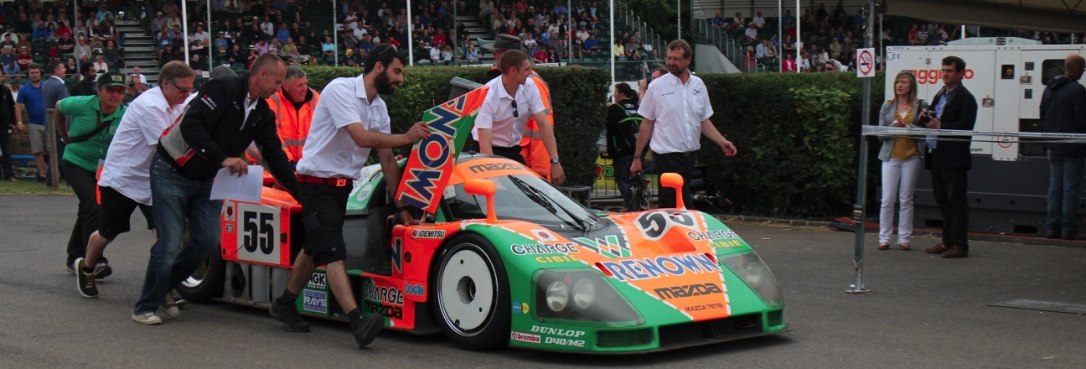
Being able to celebrate 100 years of anything is a monumental occasion, but to have a whole century of legacy in the automotive sector, born out of the ashes of World War II and still be successful to this very day – that’s some achievement.
In 2020, Mazda is able to mark that very accomplishment, though its beginnings were very different to the Japanese car manufacturer we know and love today.
Toyo Cork Kogyo Co., Ltd was founded on the penultimate day in January 1920 in Hiroshima. Initially manufacturing machine tools, the company switched to the introduction of the Mazda-Go auto rickshaw in 1931.
The Mazda name wasn’t actually officially brought on board until 1984, believe it or not, but every car since 1960 has bared its name.
In its 100 years of existence, Mazda has always looked to push the boundaries of what’s possible in a car and how it operates. Here, we’ve hand-picked five key moments in Mazda’s history where this approach has been very much evident.
Small beginnings
The Mazda R360 Coupe was the marque’s first attempt at a passenger car, and was a success over its six years of being produced in what was then a state-of-the-art factory, complete with computer-aided production management.
‘Mazda’s Coupe’, as it quickly came to be known by, was an immediate example of the company’s ingenuity and a first attempt at using lightweight materials, resulting in a kerb weight of just 380kg.
Thanks to its stylish exterior and varying guises, the R360 quickly became one of the most popular ‘kei car’ examples on Japanese roads.
A new kind of power
During the years that followed the R360’s introduction, Mazda wanted to conjure ways of differentiating themselves from their domestic rivals. Promise was found in a new and exciting type of engine set-up.
Over six years, the marque developed the Wankel rotary engine, and in 1967, it was ready to enter the market. The car to be the test bed? The Mazda Cosmo Sport.
Not only did it look completely space age, but the Cosmo was carrying Mazda’s new hope of engine technology. The rotary engine was a lightweight, piston-less alternative that offered potent power delivery to boot that rivals required heavy V6 and V8 powerplants to match.

As we’ll explore next, the Wankel engine went on to serve Mazda well, featuring in sports cars such as the RX-7 and RX-8, and might – just might – be set for a revival in the near future.
Victory at Le Mans
Mazda actually has a good history of racing pedigree and continues to race today in the IMSA series in the Prototype category. Even the Cosmo went racing, its maiden race a marathon 84-hour ultra-endurance meeting at the ever-challenging Nürburgring in 1968.
However, there is one race car that Mazda will always been known for.
In the early 1980s, Mazda began competing in the top-tier of the world-famous 24 Hours of Le Mans in the fearsome Group C category. On the ninth time of asking, its ambitious were realised.

The 787 debuted in 1990 and has a tough time at Le Mans that year, and Mazda knew it had to improve. A year later, the developed 787B tackled Circuit de la Sarthe, and car No. 55 featuring a very dehydrated Jonny Herbert, took the lead with just three hours remaining and held on to take the chequered flag.
The car ran near perfect, with only a blown headlamp bulb and a slightly overheated wheel bearing giving the Mazdaspeed team any bother. The 787B, featuring a rampant version of the famed Wankel engine, is still to this day the only non-piston-engined car to win at Le Mans – Mazda, meanwhile, became the first Asian manufacturer to win overall.
Long live the Roadster
Arguably the most famous Mazda of them all, the MX-5, arrived in existence in 1989, starting an unparalleled legacy to become the best-selling two-seater convertible sports car in history.
Over four generations, the MX-5 (or Miata, for our US readers) has dazzled drivers with Mazda’s Jinba-Ittai (rider and horse as one body) approach, while inspiration from the British sports cars of the 1960s has seen the MX-5 become a much-loved sight on the road.

As a testament to its success, production numbers for the MX-5 hit a whopping one million in 2016, coinciding with the maiden year of the fourth-generation car (ND).
An electric future
Going forward, deep into the 21st Century, Mazda knows it has to keep up to the needs of the modern driver, whilst also finding ways to keep its innovative spirit very much felt within its cars.
With the MX-30 EV, Mazda introduces its first ever all-electric car. The SUV is bestowed with the same Jinba-Ittai ethos as cars like the MX-5, but also features the latest in Mazda’s Skyactiv know-how.

An electric range of 124 miles has been given to the MX-30, with Mazda acknowledging an average daily count of 30 miles to give many drivers the chance to travel and commute emission-free. Meanwhile, the lighter 35.5 kWh battery enables the SUV to stay as light as possible and keep that fun Mazda spirit; in addition, a full eight-year (100,000 mile) warranty for the battery gives you complete peace of mind.